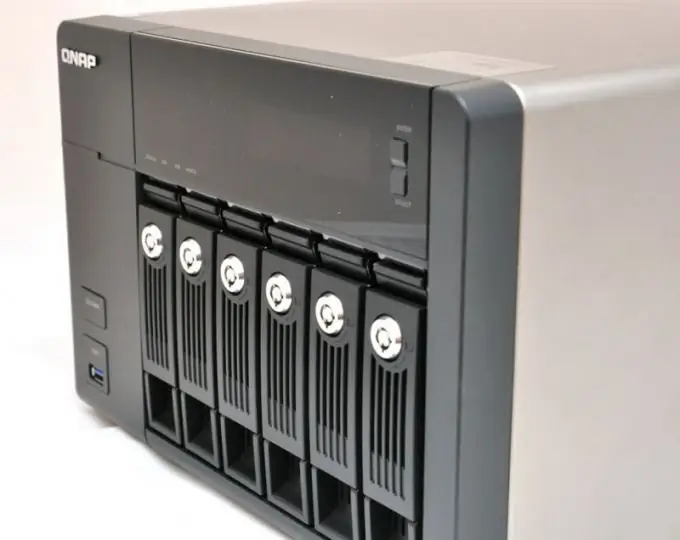Usually, RAID arrays are created to increase the level of data retention. Most often I use them in commercial enterprises, where it is extremely important not to lose documentation or other data.

Necessary
RAID controller
Instructions
Step 1
There are several types of RAID arrays. They all have their advantages. At the same time, to create a certain type of array, you must have the required number of hard drives. First, determine the purpose of the RAID array. Based on these conclusions, purchase the required number of hard drives.
Step 2
If your motherboard supports configuring disks in a RAID array, then simply plug the selected hard disks into it. Otherwise, we recommend using special RAID controllers that allow you to create and configure the corresponding arrays.
Step 3
If you decide to create a RAID array in order to increase the performance of your computer, then use the RAID 0 type. In this case, you will need at least two hard drives. Remember that their total volume will be equal to the volume of a smaller hard drive. In this case, it is recommended to connect each hard drive to a separate IDE slot.
Step 4
If you need to ensure the safety of important files, then select the type of RAID 1. In this case, information from the main hard drive will be constantly copied to its "mirror". If one of the hard drives fails, then all data stored on it will not be lost. As in the previous example, two hard drives are enough for you.
Step 5
If you have the ability to use four hard drives to create a RAID array, then choose a mixed RAID 0 + 1 type. This option of synchronous operation of hard drives allows you to simultaneously increase system performance and save the necessary data. After connecting the required number of drives, turn on the computer and open the BIOS menu.
Step 6
Go to the menu responsible for the parameters of the hard drives. In the IDE Mode (SATA Mode) field, select the RAID option. Press the F10 key. After turning on the computer, a window will appear prompting you to create an array. Select the type of RAID you need and click the Create button, having previously specified the purpose of each hard drive.






